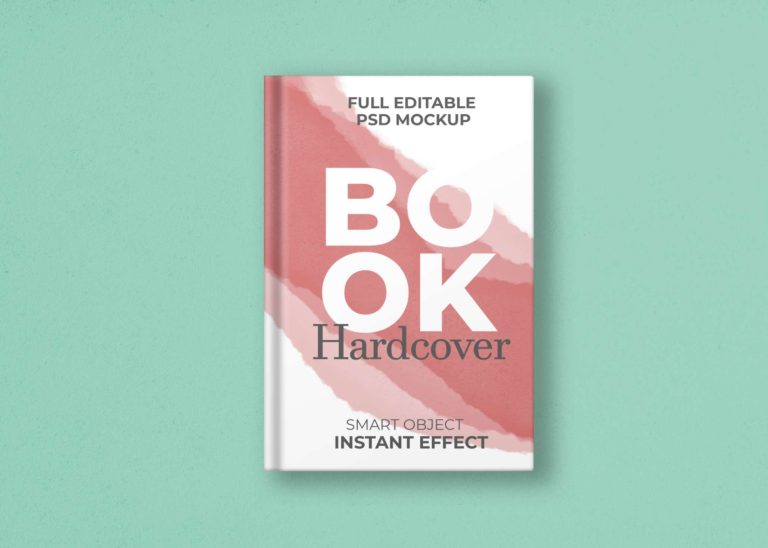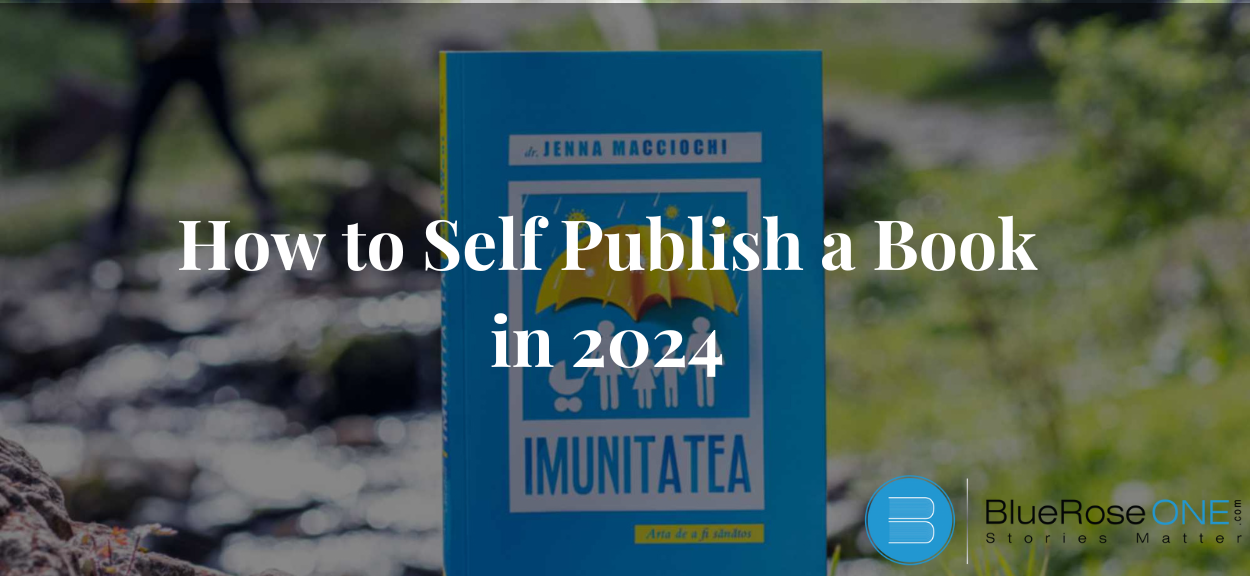Introduction
In this piece, we will explore various aspects related to self-publishing, particularly focusing on the process of how to self-publish a book. We’ll delve into the details of what self-publishing entails, its advantages, the associated expenses, and the steps involved in getting your book self-published.
Self-publishing provides authors with the autonomy to independently bring their work to the public, granting them control over content, higher earnings, and the ability to reach a global audience, while retaining ownership of their creative rights.
What is Self-Publishing?
Self-publishing is the act of an author independently releasing their own writing without the assistance of a traditional publishing house. The author maintains complete control over the book’s content, layout, promotion, and distribution when they self-publish.
This frequently entails duties that the author may either do themselves or contract out to others, such as formatting, editing, cover design, printing, and promotion. Self-publishing has gained popularity as a direct path to readership and greater control for authors, thanks to the growth of digital publishing platforms and online retailers.

Benefits of Self-Publishing
In the world of literature, the traditional route to publication through established publishing houses has long been the norm. However, with the rise of digital technology and the internet, self-publishing has emerged as a viable and attractive alternative for many aspiring authors.
Self-publishing offers a plethora of benefits that can empower authors to take control of their work and reach audiences in ways that were once unimaginable. Let’s delve into some of the key advantages of self-publishing.
Creative Control: One of the most significant advantages of self-publishing is the creative control it affords authors. Unlike traditional publishing, where editors and publishers may have significant input into the content and presentation of a book, self-publishing allows authors to retain complete control over their work. From cover design to formatting to content, authors have the final say in every aspect of their book, ensuring that their vision is preserved intact.
Speed to Market: Traditional publishing can be a lengthy process, often taking months or even years from manuscript submission to book release. In contrast, self-publishing enables authors to bring their work to market much more quickly. With digital platforms like Amazon Kindle Direct Publishing and Smashwords, authors can publish their books in a matter of days, reaching readers almost instantly. This rapid turnaround time allows authors to capitalize on timely topics or trends and maintain momentum in their writing careers.
Higher Royalities: In traditional publishing, authors typically receive a royalty rate of around 10% to 15% of the book’s sale price. Self-publishing, on the other hand, offers authors much higher royalty rates, often ranging from 35% to 70% or more, depending on the platform and distribution options chosen. This means that authors stand to earn a larger share of the profits from their book sales, providing greater financial rewards for their efforts.
Global Reach: With the advent of digital publishing and online distribution channels, self-published authors can reach a global audience with ease. E-books can be distributed to readers around the world instantaneously, breaking down geographical barriers and opening up new markets for authors. Print-on-demand services further enhance accessibility by enabling authors to offer paperback copies of their books to readers anywhere, without the need for large print runs or storage space.
Flexibility and Adaptability: Self-publishing offers unparalleled flexibility for authors to experiment with different genres, formats, and marketing strategies. Authors can easily revise and update their books based on reader feedback or changing market conditions, keeping their work relevant and engaging over time. Additionally, self-published authors have the freedom to explore alternative revenue streams, such as audiobooks, merchandise, or multimedia adaptations, to further monetize their intellectual property.
Ownership and Rights: When authors choose to self-publish, they retain full ownership of their intellectual property and maintain control over the rights to their work. This means that authors can license their books for translation, adaptation, or serialization as they see fit, maximizing the potential for additional income streams. By retaining ownership and control, authors can protect their creative integrity and ensure that their work is presented to readers in the manner they intended.
Building a Direct Relationship with Readers: Self-publishing fosters direct engagement between authors and their readers, bypassing traditional intermediaries like agents and publishers. Authors can interact with readers through social media, author websites, and email newsletters, building a loyal fan base and cultivating a sense of community around their work. This direct relationship not only enhances the reader experience but also provides authors with valuable insights and feedback that can inform their future writing endeavors.
You may also like: Effective Book Marketing Strategies 2024

What are the steps to Self-Publishing
In today’s digital age, self-publish has become a viable option for authors looking to share their stories with the world. With the rise of online platforms and print-on-demand services, the barriers to entry have significantly lowered, allowing writers to take control of the publishing process. If you’re considering self-publishing your book, here are the essential steps to bring your literary work to life.
Write Your Book: The first step in self-publishing is, of course, writing your book. Whether it’s fiction, non-fiction, a memoir, or poetry, devote time to crafting a well-written manuscript that engages and captivates your audience.
Edit and Revise: Once your manuscript is complete, it’s crucial to edit and revise it thoroughly. Consider hiring a professional editor or working with beta readers to provide feedback and polish your work until it shines.
Design a Cover: People often judge a book by its cover, so invest time and effort into creating an eye-catching and professional cover design. You can hire a freelance designer or use online tools and templates to design your cover.
Formatting: Proper formatting is essential for both print and digital versions of your book. Ensure your manuscript is correctly formatted for the chosen publishing platforms, whether it’s for an e-book or print-on-demand service.
Choose a Publishing Platform: There are numerous platforms available to self-publish. Research each platform to determine which best suits your needs in terms of royalties, distribution, and reach.
Upload Your Book: Once you’ve chosen a publishing platform, follow their guidelines to upload your manuscript, cover, and any additional metadata such as keywords and categories. Before moving forward, make sure that the information is correct and comprehensive.
Set Your Price and Royalities: Determine the pricing for your book and set your royalty rates. Consider factors such as production costs, competitor pricing, and your target audience’s willingness to pay.
Marketing and Promotion: Self-publishing requires authors to take an active role in marketing and promoting their books. Utilize social media, author websites, book blogs, and email newsletters to reach potential readers. Consider running promotions or offering free giveaways to generate buzz around your book.
Distribution: Take advantage of the distribution channels offered by your chosen publishing platform. Ensure your book is available in multiple formats (e-book, paperback, hardcover) and accessible to readers worldwide.
Monitor Sales and Reviews: Keep track of your book sales and monitor reader reviews and feedback. Use this information to adjust your marketing strategies and improve future publications.
Continues Promotion: Self-publishing is an ongoing process, so continue to promote your book even after its initial release. Engage with your audience, participate in book events and signings, and explore opportunities for collaborations and guest appearances.
Consider Professional Services: If you’re overwhelmed by the self-publishing process, consider hiring professionals for tasks such as editing, cover design, and marketing. While it may involve additional costs, it can save you time and ensure a higher quality end product
You may also like: Publish your book with Amazon Self-Publishing in 2024

Cost of Self-Publishing
Self-publishing has democratized the world of book publishing, allowing authors to bring their stories to life without the need for traditional publishing houses. However, like any entrepreneurial endeavor, self-publishing comes with its own set of costs that authors should be aware of before embarking on their publishing journey.
Understanding these costs and budgeting accordingly can help authors navigate the self-publishing process more effectively and achieve their publishing goals.
Editting and Proofreading: One of the most critical investments for self-published authors is professional editing and proofreading services. These services ensure that your manuscript is polished, error-free, and ready to captivate readers. The cost of editing can vary depending on the length and complexity of your manuscript, but it’s an essential investment in the quality of your book.
Cover Design: A visually appealing cover is crucial for attracting readers and making a positive first impression. While some authors may have design skills and create their covers, many opt to hire a professional cover designer. The cost of cover design can range from a few hundred to a few thousand dollars, depending on the designer’s experience and the complexity of the design.
Formatting: Proper formatting ensures that your book looks professional and is compatible with various reading devices and platforms. While some publishing platforms offer free formatting tools, many authors prefer to hire a professional formatter to ensure the highest quality result. Formatting costs typically range from a few hundred to a thousand dollars, depending on the complexity of the book.
ISBN and Copyright Registration: ISBN (International Standard Book Number) and copyright registration are essential for protecting your book and making it available for distribution. ISBNs can be purchased individually or in bulk, with prices varying depending on your location and the number of ISBNs required. Copyright registration fees also vary by country but are generally modest.
Publishing Platforms and Distribution Fees: While many self-publishing platforms offer free publishing services, they often charge distribution fees or deduct a percentage of royalties from book sales. Authors should carefully review the fee structures of different platforms and consider the long-term implications for their earnings.
Marketing and Promotion: Effective marketing and promotion are crucial for generating visibility and sales for your book. While there are many low-cost and free marketing strategies available, such as social media, author websites, and email newsletters, authors may also choose to invest in paid advertising, book tours, or professional marketing services. The cost of marketing can vary widely depending on the chosen strategies and budget.
Print-On-Demand (POD) Services: For authors publishing print copies of their books, print-on-demand services offer a cost-effective solution by eliminating the need for large print runs and inventory storage. However, authors should be aware of printing and distribution costs associated with POD services, which can impact their overall expenses.
Additional Services: Depending on your needs and budget, you may choose to invest in additional services such as audiobook production, translations, or author website development. While these services can enhance the accessibility and reach of your book, they also incur additional costs that should be factored into your budget.
Overall, the cost to self-publish can vary widely depending on factors such as the length and complexity of your book, the quality of services you choose, and your marketing budget.
While self-publishing offers authors greater creative control and potential for higher earnings, it’s essential to approach the process with realistic expectations and a well-defined budget. By understanding the costs involved and budgeting accordingly, authors can maximize their chances of success in the competitive world of self-publishing.
You may also like: 6 Most Selling Books of All Time in English
Choosing the Right Platform: Comparing Options
There are several platforms and services competing for author’s attention in the ever-expanding self-publishing landscape. Each platform offers different features, pricing plans, and levels of support, making the decision-making process a crucial step in the publishing journey. Among the myriad options available, one company,
BlueRose Publishers, stands out with its range of comprehensive plans tailored to meet the diverse needs of authors. Let’s delve into a comparison of BlueRose Publishers’ plans alongside other popular self-publishing platforms to help authors make an informed choice.
Basic Plan: BlueRose Publishers’ Basic plan offers authors the opportunity to publish their book in paperback format and distribute it across India. Priced at $649 (Rs.38,990) plus GST, this plan provides a foundational package for authors looking to enter the publishing arena with minimal investment.
Essential Plan: Stepping up from the Basic plan, the Essential plan from BlueRose Publishers includes all the services of the Basic package along with additional perks. For $899 (Rs.46,990) plus GST, authors can publish their book in both print and e-book formats, receive an author website, press release, posters, and visiting cards. This plan provides authors with a more comprehensive suite of services to enhance their book’s visibility and marketing potential.
Popular Plan: BlueRose Publishers’ Popular plan is designed for authors seeking global exposure and comprehensive editorial support. Priced at $1299 (Rs.78,990) plus GST, this plan includes all the services of the Essential package, along with the ability to sell the book globally in over 140 countries. Additionally, authors benefit from copy editing services for up to 50,000 words, ensuring a polished and professional final product.
Comparison with Other Platforms: When comparing BlueRose Publishers’ plans with other self-publishing platforms like Amazon Kindle Direct Publishing (KDP) and Smashwords, several factors come into play. While KDP offers a free publishing option with royalties ranging from 35% to 70%, it lacks the comprehensive support and services provided by BlueRose Publishers. Similarly, Smashwords offers distribution to multiple retailers but does not provide the same level of customization and marketing tools as BlueRose Publishers’ Essential and Popular plans.
You may also like: How to Become a Writer: A Step-by-Step Guide for Authors
Final Thoughts
Self-publishing offers authors a compelling alternative to traditional publishing, providing unparalleled creative control, higher royalties, global reach, and ownership of intellectual property. Through self-publishing, authors can bring their literary works to market quickly, connect directly with readers, and explore diverse revenue streams.
Despite the associated costs, the democratization of publishing platforms has made self-publishing more accessible and lucrative for authors. By understanding the process, budgeting effectively, and choosing the right platform, authors can maximize their chances of success in the competitive world of self-publishing.
Whether opting for basic packages or more comprehensive plans like those offered by BlueRose Publishers, authors have the opportunity to realize their publishing aspirations and share their stories with audiences worldwide.
















